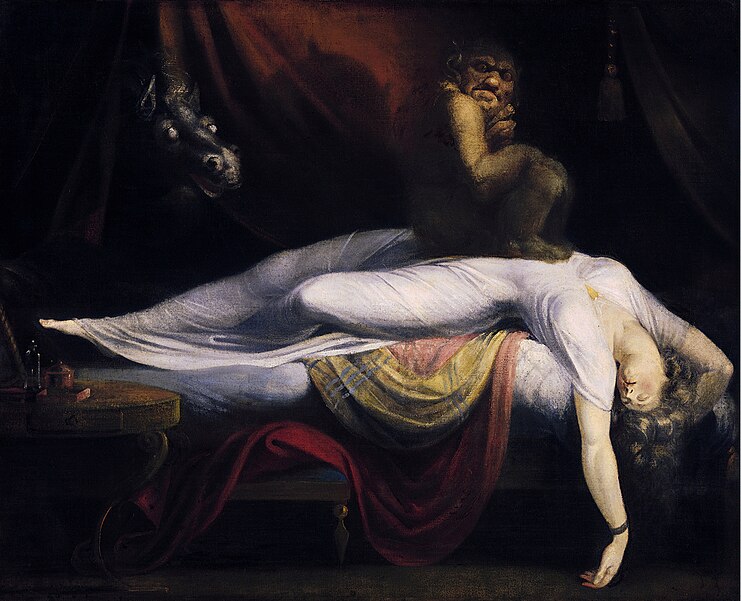In medicine, a person’s way of walking is termed gait. By analysing a person’s gait, a trained professional can gain insight into what pathologies the person may be suffering from. For example, just from the way the patient limps, the doctor may discover that the patient has an incurable degenerative brain disease.
The most common gait abnormality is the antalgic gait, or limping due to pain. Most people would have experienced the difficulty of walking with a sprained or broken ankle, muscle ache or knee problems. This is easy to spot as the patient quickly switches to the other feet when leaning on the affected leg due to the pain. Therefore, the side that stays on the ground less than the other is the affected leg.
Sometimes, you can see a person “waddling” along as they swing from one side to the other. This may be a waddling gait, also known as Trendelenburg’s gait, caused by a weakness in the hip muscles that support the pelvic girdle, either due to muscle or nerve damage. As the patient cannot support their weight on the affected side, their pelvis tilts towards the opposite side. To avoid falling over, the patient lurches their body towards the other side, causing them to waddle. Looking at the tilt and lurch gives insight into what side is affected.
Another rather common gait is the steppage gait, where the person lifts one leg higher than the other, while their foot drags on the ground. This is caused by nerve damage leading to the loss of ability to lift the foot up (termed foot drop).
As the brain controls the motor system, damage to the brain also leads to motor dysfunction. A common example is a stroke.
If the stroke damages a significant part of the motor cortex, the patient suffers from hemiparesis/hemiplegia, or weakness/paralysis of one half of the body. This causes the limbs on the affected side to stiffen, as seen by an extended leg pointing inwards and retracted arm. The patient has to swing the affected leg around while they walk as they cannot flex the hip, known as a hemiplegic gait.
If the cerebellum is damaged, balancing becomes an issue. This causes the patient to suffer from ataxia, where they cannot coordinate their movements and are prone to toppling over. These patients tend to sway violently from side to side as they try to walk in a straight line.
Lastly, degenerative brain diseases can also affect gait. There are two main examples.
In Parkinson’s disease, the patient suffers from what is called hypokinesia and bradykinesia – reduced and slow movement. This leads to a shuffling gait where the patient walks slowly by shuffling their feet in small steps. They are also stooped over and are often seen with a pill-rolling tremor of their hands – a cardinal symptom of the disease.
In Huntington’s chorea, the opposite (hyperkinesia) occurs. This causes flailing as the muscles contract in an uncoordinated manner, including both the arms and legs. Ergo, their gait is quite jerky and interrupted by bouts of flailing, termed choreiform gait, but their balance is fine so walking in a straight line is still possible.
Knowledge of these disorders may help one appreciate the suffering a patient walking along the street has to undergo everyday of their life.
(Video demonstrations: http://stanford25.wordpress.com/gait-abnormalities/)



